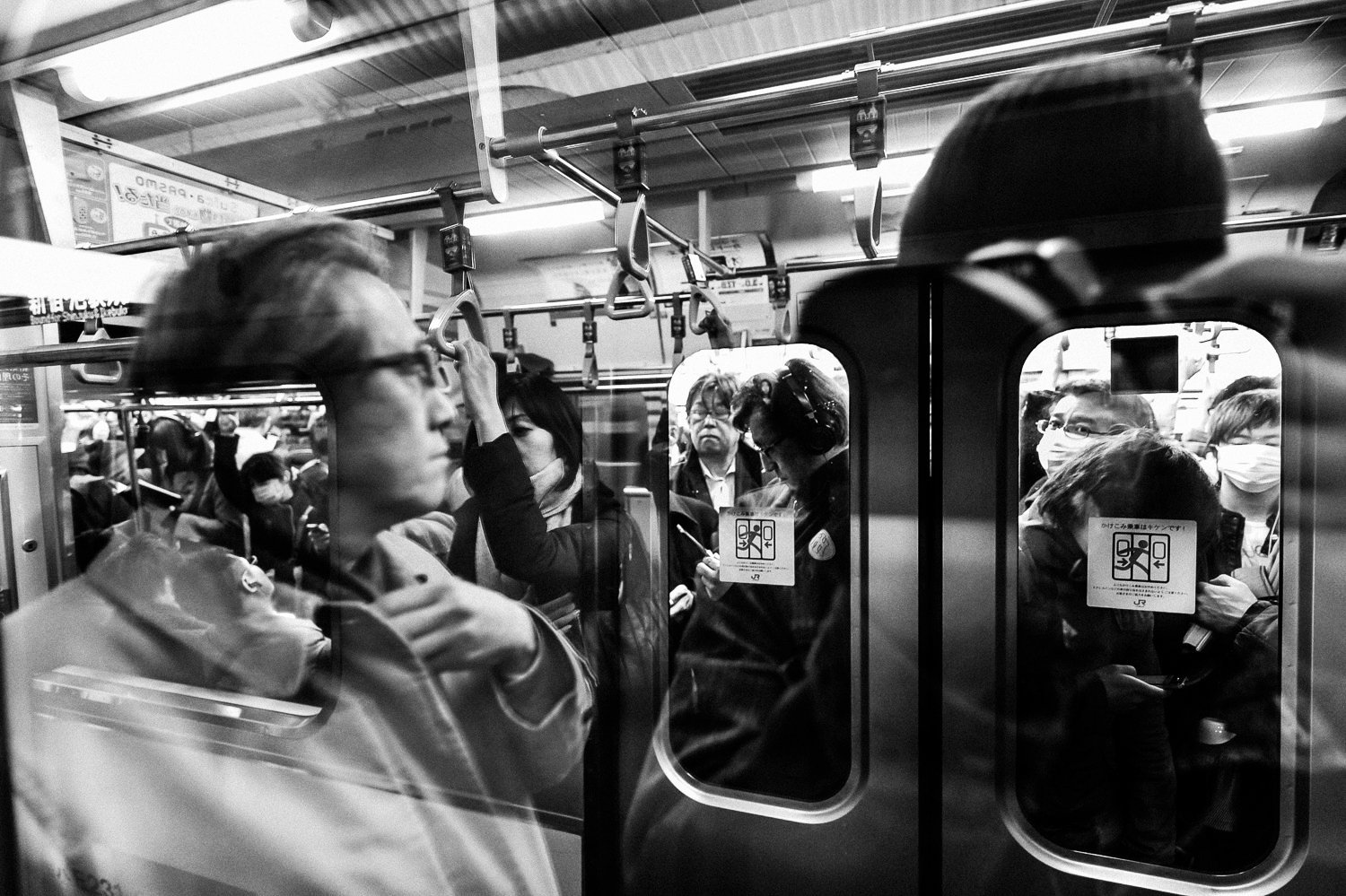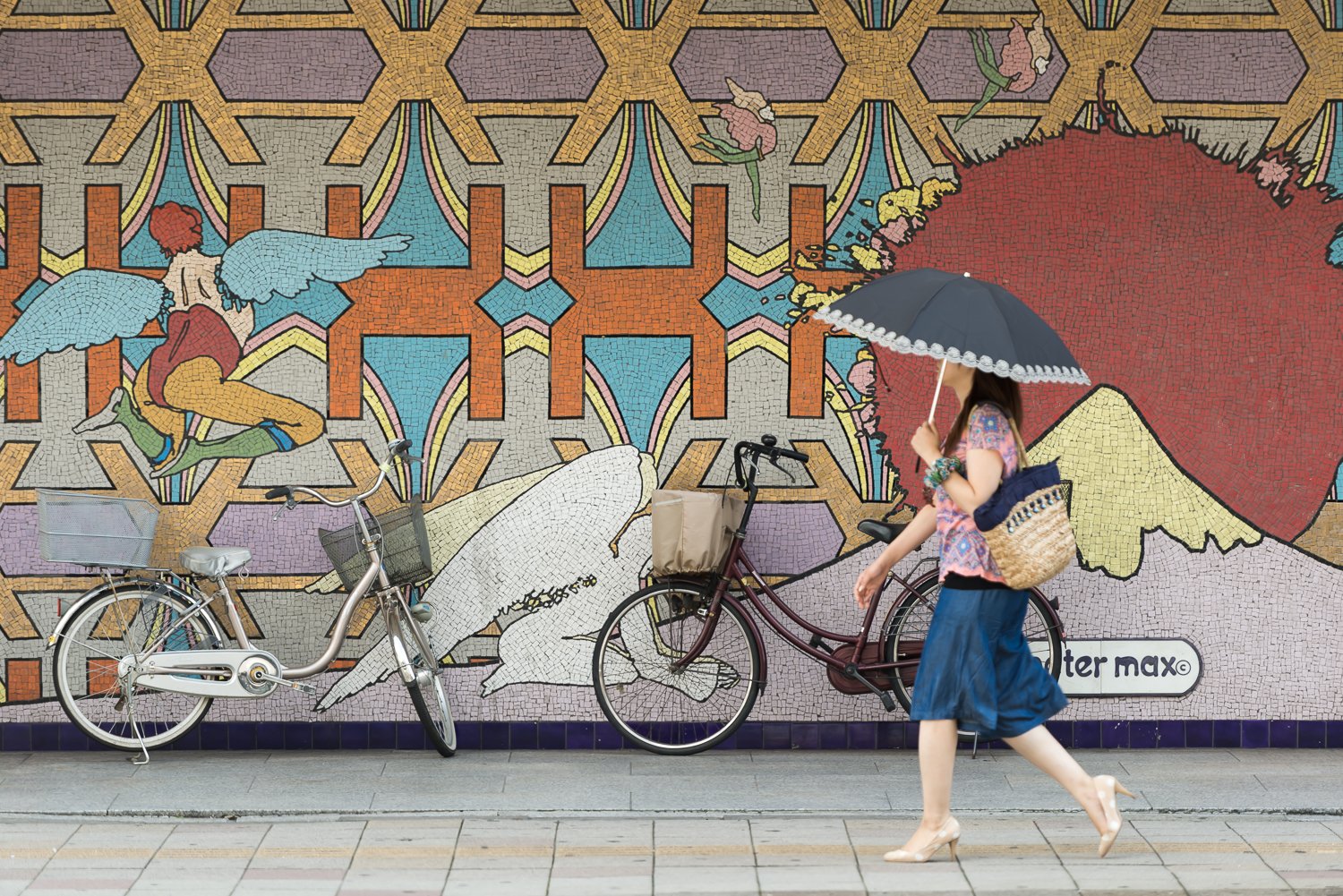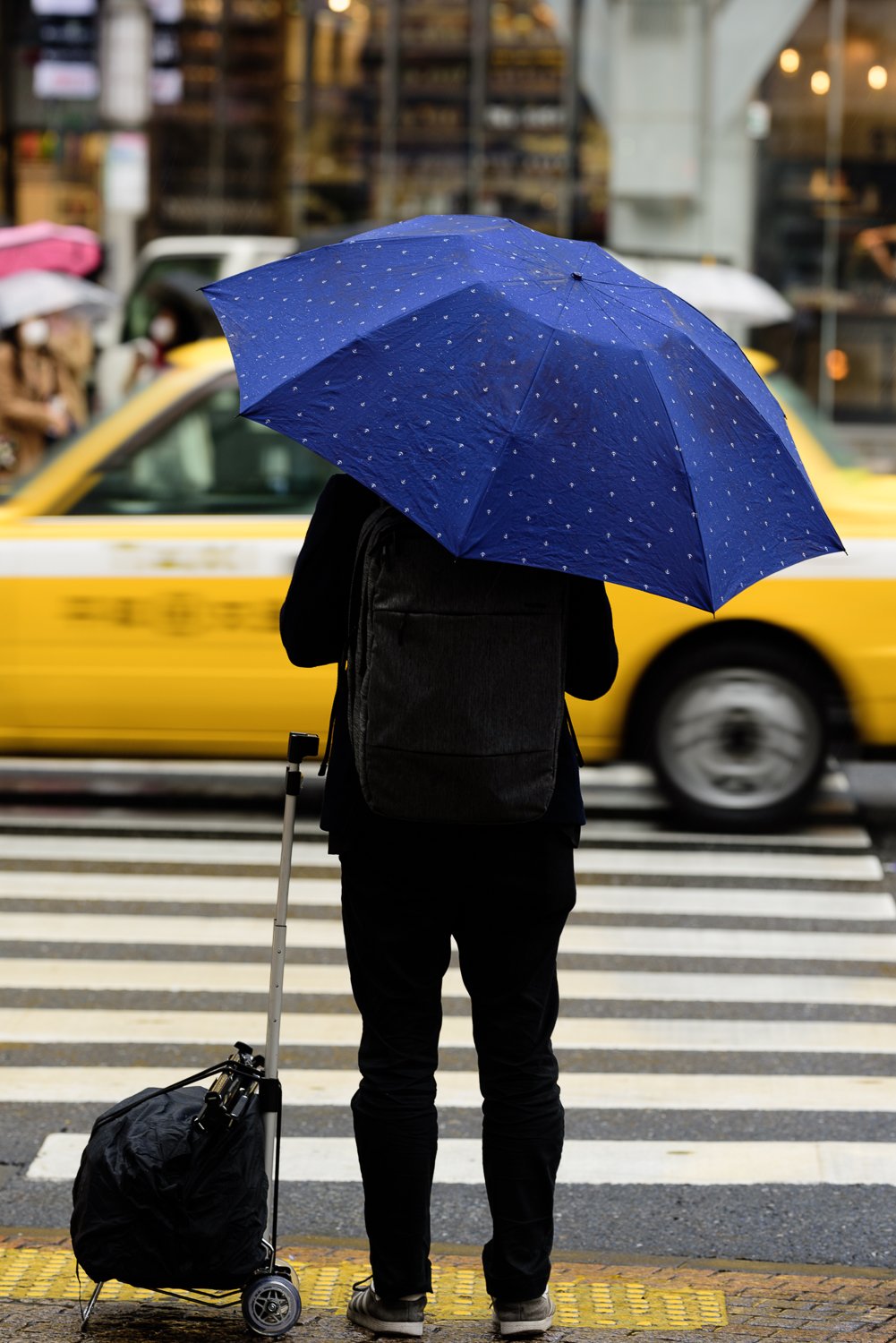Top Ten Street Photography Spots 2024
**Top Ten Street Photography Locations in Tokyo**
Tokyo is an extraordinary city, teeming with life and rich in history, culture, and intrigue. These qualities draw in countless tourists, and while the influx can sometimes make street photography more challenging in popular areas, it also illuminates lesser-known gems that you may not yet have discovered.
In no particular order, here are my top ten street photography locations in Tokyo for 2024:
1. Ikebukuro
2. Shibuya
3. Ginza
4. Kawaguchi
5. Kanda
6. Omiya
7. Akabane
9. Akihabara
10. Shinjuku
11. Asakusa
This stunning city offers an abundance of fantastic spots, making it easy to imagine a top 25 list. Some of the locations mentioned are off the beaten path, while others are bustling hubs filled with energy and activity.
**Ikebukuro:**
As the second busiest station in Tokyo, the flow of people here is nothing short of astonishing. The station itself is vast, providing countless opportunities for photography in its indoor and underground spaces. With a mix of shops, cafés, long corridors, open areas, signage, and a blend of history alongside gentrification, the atmosphere is vibrant, complemented by a dozen train lines that keep the energy alive.
Emerging from the station, both the East and West sides feature expansive department stores that lead into a labyrinth of side streets, eateries, offices, skyscrapers, theaters, and parks brimming with potential for exploration.
**Shibuya:**
Shibuya serves as a cultural hub, a vibrant destination for shopping and entertainment. Shibuya Crossing is perpetually bustling, creating an overwhelming yet exhilarating environment. It’s the perfect starting point for a day of street photography, as most passersby seem carefree and unaware of the camera.
The true magic lies in the side streets leading from all directions to the crossing, which buzz with an energy that’s difficult to replicate. Here, generations-old buildings stand in contrast to ultra-modern shopping marvels, creating a harmonious blend reminiscent of the complex yet rewarding flavours of a fine bottle of wine.
**Ginza:**
Ginza's rich and captivating history becomes palpable as you stroll through its narrow alleys and busy streets. While renowned for shopping, the true essence of Ginza reveals itself behind its sleek modern facades, where a multitude of signs hang over streets that feel almost suspended in time. In these spaces, Ginza's authentic spirit comes alive, offering some of the finest opportunities for street photography.
**Kawaguchi:**
Kawaguchi is a small station that serves a limited number of train lines. Nevertheless, it serves as a gateway to a sprawling metropolis, where the city center retains a charming, small-town atmosphere. Elevated pedestrian walkways connect the station to nearby buildings, while below, a mix of buses, taxis, and striking high-contrast lights greets the many pedestrians who enter and exit the station.
In the surrounding area, a grand art deco park and an extensive shopping street combine long-established businesses with contemporary coffee shops and restaurants, creating a delightful blend of the old and the new—almost as if the city reflects itself.
**Kanda:**
Kanda Station caters to salarymen by offering a convenient workspace. Nestled among typical office buildings and restaurants, the station’s allure for photographers lies in its old-world charm and ordinary ambiance, far removed from the bustle of Tokyo. This authenticity makes it an ideal spot for a fulfilling and creative photography day.
Not far from Kanda’s alleys lies Jimbocho, known as book-town, further enhancing the area’s appeal. As I have experienced on multiple occasions, it’s too easy to lose track of time in this delightfully ordinary enclave of Tokyo.
**Omiya:**
Omiya, located in Saitama just north of Tokyo, is clearly distinguishable as part of a different prefecture while still maintaining the urban vibe of Tokyo. This area is often regarded as a hidden gem for street photography enthusiasts and is affectionately nicknamed "Little Shinjuku," a title it certainly deserves. What captivates me about Omiya is the stark contrast between the gritty, shadowy side of the station and the bright commercial lights on the opposite side. Spending an entire day exploring these streets would undoubtedly be a rewarding experience.
**Akabane:**
Akabane is the last stop on the train line—though technically, it's the second to last—but it is the northernmost point you can reach in Tokyo. Several train lines pass through this area, resulting in a good amount of foot traffic. Just steps from the station, you'll find an old-world charm with excellent traditional food, contributing to a vibrant nightlife. During the daytime, a generations-old covered shopping arcade stretches for several blocks, accompanied by back alleys that offer a wealth of photography opportunities.
**Shinbashi (Shiodome):**
Shinbashi is rich in history, while Shiodome embodies Tokyo’s modernity. These two areas are linked by a train station. One side is filled with alleyways bustling with salarymen, representing working-class Japan, while the other features futuristic high-rises interconnected by pedestrian bridges. Here, you'll find gardens, a train line weaving through the buildings, a television station, a hotel, a theatre, and striking architecture.
**Akihabara:**
Affectionately known as Electric Town, Akihabara has evolved over the years. The expected sights—electronic shops, arcades, and maid cafes—are still abundant, and the characters that populate these spaces are everywhere, making for great photo opportunities. Beyond that, the west side of Akihabara features numerous unexplored side streets, while the far east side is home to the beautiful Myoujin Shrine. This visit offers a glimpse into both the area's rich history and its contemporary trends.
**Shinjuku:**
In recent years, Shinjuku has transformed into a tourist hotspot. With the addition of new hotels, a major train station, and countless restaurants, visitors are flocking here in large numbers. Yet, Shinjuku remains true to itself; the qualities that made it a fantastic location for street photography are still intact. Regardless of which exit you choose from the bustling station, you'll be greeted by vibrant chaos, soon followed by a myriad of side streets that provide abundant opportunities for capturing striking street photography.
**Asakusa:**
This location is frequently listed as a must-visit destination for many tourists and Japanese citizens alike. While the main streets can be quite crowded, just a short walk away, you can discover a covered shopping arcade, a network of charming alleyways, and a vast underground area—all of which provide excellent opportunities for a day of photography.
**Conclusion:**
A list is never truly final, especially in street photography, where my personal favourites are always changing. No location is perfect; I encourage you to follow the direction of your projects and trust your instincts, no matter how touristy, remote, or seemingly insignificant a place may seem. During my street photography excursions in Tokyo, I look for exceptional lighting and interesting characters—or sometimes, the opposite.
If you're seeking an experienced professional street photographer to help you discover these locations, I would be delighted to offer my services for a private guided photo tour of Tokyo.















